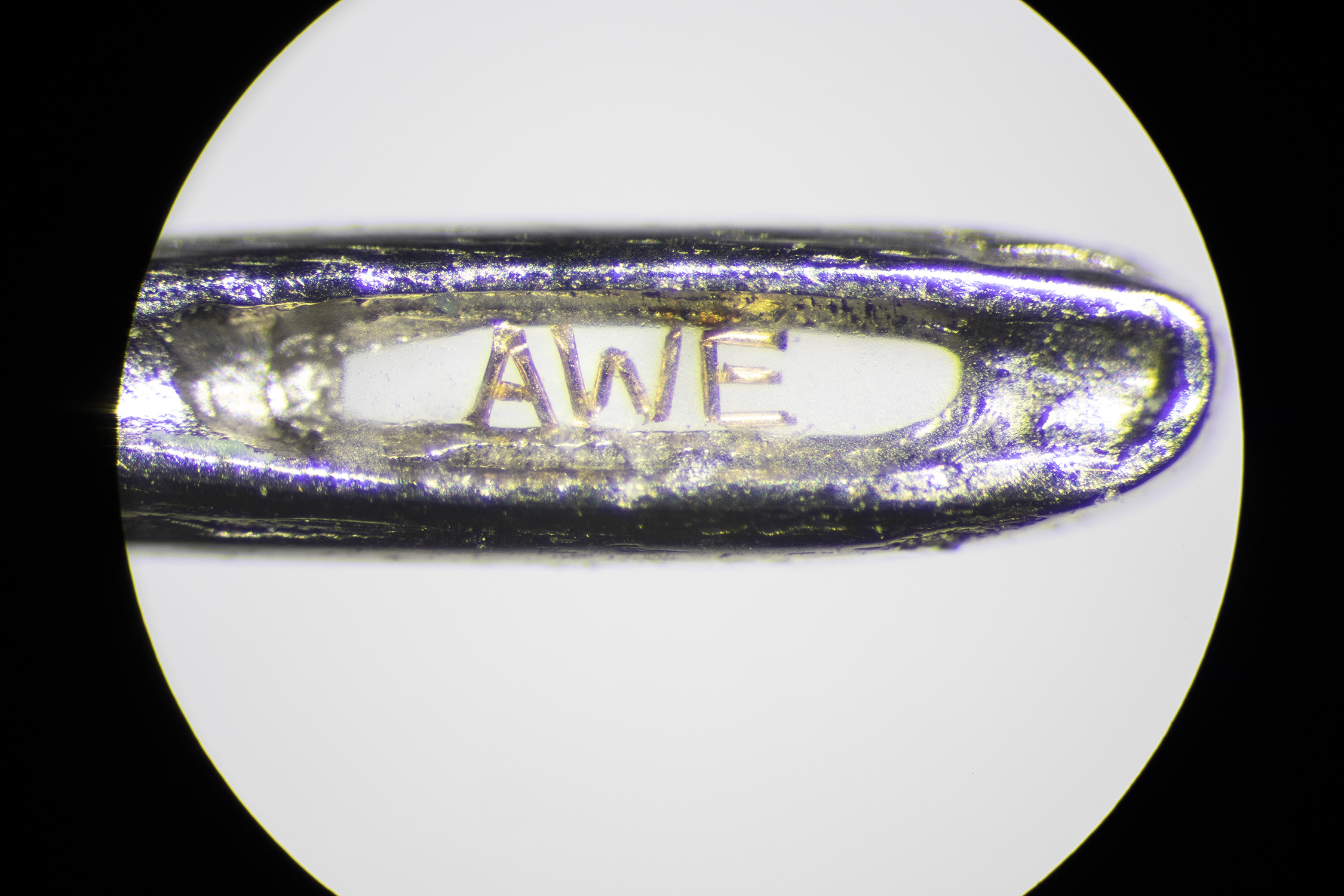To help us understand the safety, reliability and performance of nuclear warheads, our physicists and scientists need to research the physics of those extreme temperatures and pressures found in the heart of a nuclear explosion – like conditions at the centre of the Sun.
Our teams also collaborate with scientists at some of the most technically advanced facilities in the world, including the National Ignition Facility in the US and the Vulcan Laser Facility in the UK.
Orion
Our experts explore the physics behind materials that are shocked and heated by picosecond and nanosecond high-powered lasers. The facilities we use include AWE’s Orion laser – the biggest experimental facility for high-energy density physics in the UK.
Our Orion laser facility is the size of a football stadium and contains a large neodymium glass laser system operated in ultra-clean conditions. It delivers some of the most powerful laser beams ever created and generates matter many times more dense than solid – matter that’s similar to that found at the centre of giant planets like Jupiter. At temperatures more than 10 million degrees, Orion can both replicate the conditions found at the centre of the Sun – and simulate supernovas in the laboratory.
The laser’s beams are a combination of 10 ‘long-pulse’ beams, which are a billionth of a second in duration, and two petawatt ‘short-pulse’ beams. We direct them into a target hall, where we conduct experiments in a four-metre diameter target chamber operated at high vacuum.
The Orion laser provides a comprehensive suite of optical, particle, and x-ray plasma diagnostics to understand the plasma conditions created through the laser interaction. A typical design and manufacture of a target is no greater than a couple of millimetres in size. We manufacture our targets from metals or plastics using micro-engineering techniques.
“A typical design or target is typically no greater than fraction of the width of a human hair or the size of a grain of sugar.”
Josie, plasma physicist

We use Orion to conduct experiments relevant to inertial fusion energy, planetary and solar physics, high-energy particle acceleration and black holes
Academic research
We allocate up to 15% of Orion’s system time each year for cutting-edge collaborative experiments with our academic partners. Access to Orion provides the UK’s academic community and their international collaborators with a unique insight into our work.
Academic access offers a significant opportunity to encourage and excite a new generation of physicists and researchers, both nationally and internationally. We manage the call and selection of suitably peer-reviewed experimental proposals through the Central Laser Facility at the Rutherford Appleton Laboratory.
To submit your proposal and learn about our selection process, contact [email protected]
“Working with our academic partners on Orion is inspirational and opens their eyes to the unique capabilities at AWE.”
Colin, Orion Academic Access Coordinator

Exploring how materials behave
Our research in material behaviour are vibrant areas of both experimental and theoretical study.
